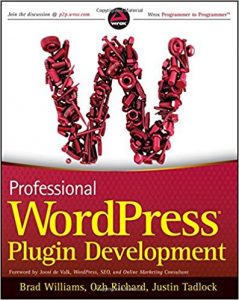WordPress is the most wide use CMS (Content Management System) in the world. This CMS allowed us to create a website very quickly without knowledge about programming. It has a administrator area where the user can create, edit and delete post, pages, users, and more. It was mainly created for blogs but with the huge community support and the rise popularity in comparison with other CMSs such as Joomla, Drupal, or Magento, it has been improved to develop other types of websites such as e-commerce sites.
WordPress has a platform where you can create very quickly a blog for free, or you can downloaded and install it in your own server. This last option is better if we want to have all the features that WordPress provide. Basically, If we want to change the aspect or front-end of the website, we can install or download different “themes” very easily. However, if we want to change or add more functionalities that WordPress provide we would install or download “plugins”.

I have been working with this platform many years, helping other companies to have a web presence, from more simple to more complex websites. I found out that, even though the learning curve to do little changes such as adding post, pages, pictures are very easy, it was not that easy for more complicate things, like adding new functionalities. However, because it is very easy for the end user to actually use the platform it is worth it to spend more time understanding the CMS than creating a new platform from your own.
Because as I said, I worked with WordPress before but mainly because is one of the main frameworks used on Internet, I thought that it would be a great idea to spreading Semantic Web technologies to this platform through the developing of a plugin.
Although I did not create such complicate Plugins before, I thought that it would be a nice challenge for my Honours degree and it would help me in the future.